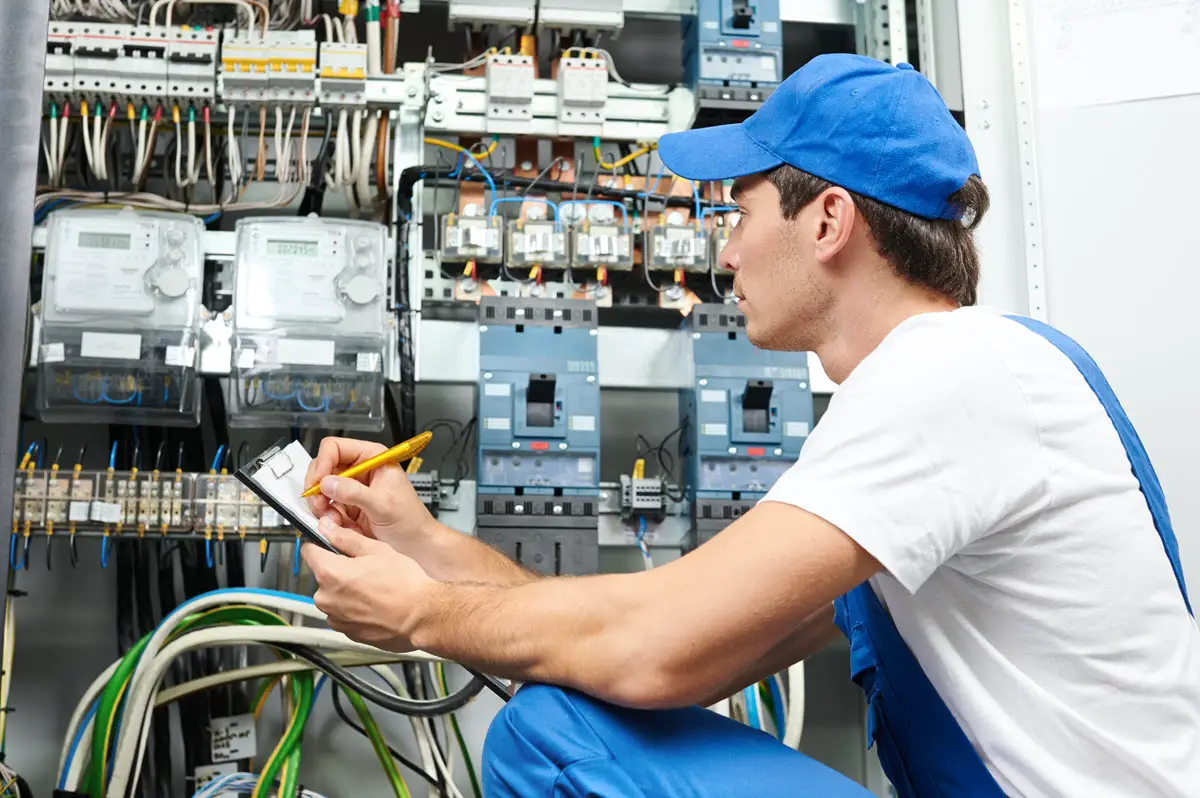6 Ways to Control Maintenance Costs for Your Business

Estimated reading time: 4 minutes
Table of contents
Any business owner recognizes the importance of maintenance. However, machine, equipment, and vehicle maintenance can quickly cut into profits, making it difficult to manage a successful business. That’s why identifying and controlling these costs is always a good idea. This guide covers a few ways to help minimize maintenance costs without affecting overall quality.
Understand Your Maintenance Costs
Before identifying a strategy to improve and control maintenance costs, it’s important to first understand what you’re spending and where. Make a list of all maintenance costs spent on the business in the last few months. Some businesses may decide to go as far back as a year or two for a more complete evaluation. The more time you include in the evaluation, the more accurate your results will be since this allows you to account for annual or bi-annual maintenance costs.
Create a Maintenance Schedule
Creating a maintenance schedule is one of the best ways to calculate and predict necessary services. You can create a schedule by listing out all of your company equipment. Then, underneath each piece of equipment, list previous and expected maintenance. Include basic maintenance that you might get every couple of months, like oil changes or tire rotations on trucks or machinery. Be sure to also include maintenance tasks that you might complete less frequently, such as replacing your tires or swapping out vehicle parts.
Make Preventive Maintenance a Priority
Preventative maintenance, although it may come at a cost, is a must when it comes to controlling costs. Equipment that is properly maintained lasts longer and works more efficiently. A maintenance schedule can help you stay on track with the required services. It can also be helpful to assign a crew leader or supervisor the position of keeping up with preventative maintenance.
Keep Spare Parts Ready
Many repairs will require the replacement of parts. Ideally, you’ll want to replace broken or malfunctioning parts with original equipment manufacturer (OEM) ones. Back-ordered supplies and parts can slow down the maintenance or repair process, leading to extended downtown for your equipment. Some businesses may find it useful to have multiple spare parts readily available. This allows you to get your equipment back up and running faster, ensuring you and your crew are always ready for the next job.
SEE ALSO: 4 Unique Strategies for Improving Company Productivity
Invest in Low or Maintenance-Free Equipment
Investing in low or maintenance-free equipment can help your company control costs by limiting the frequency of maintenance. Equipment that is made with better materials may cost more upfront, but you’ll typically save in the long run when you factor in fewer maintenance and repair appointments.
Energy-efficient trucks or transportation can help reduce your fuel costs, especially when you have larger work crews. A skid steer brush grapple allows you to automate your clearing, brushing, and composting jobs. This means fewer employees and less manpower needed for each job. Made with better hydraulic hose protections and gussets, you can expect less downtime. Of course, choosing equipment with a warranty also helps protect your purchase.
In fact, more efficient equipment is often an important step in expanding a business. Considering new equipment that helps you complete jobs faster or take on new job types should be a part of every business expansion plan. Learning to control maintenance costs also makes it easier to come up with the required funds to expand your business.
Know When To Replace Versus Repair
Knowing when to replace versus repair equipment is also an important part of controlling costs as a business owner. The cost of repairing versus replacing may be more cost-effective at the time, but eventually, you may put more money into a piece of equipment that no longer holds the same value. Additionally, you can usually qualify for better rates with new equipment, which can help offset some of the added costs. Of course, newer equipment works more efficiently, meaning you can complete more jobs within a week, often making up for the difference in price.
This is another reason why keeping track of maintenance expenses is important. Doing so lets you easily identify when costs may increase or become more expensive than the value offered in return. An organized spreadsheet of costs can also help you track repairs or replacement schedules, which can be a write-off come tax season. Each time you buy a new piece of equipment, create a proposed timeline of how long you intend to use it. You may need to replace the equipment earlier or later than planned, but this gives you a guideline to follow.
Ongoing maintenance and repairs are a necessary part of any laborer’s business. Landscaping companies typically have a lot of mechanical equipment, with each piece requiring continued maintenance. Keeping carefully detailed records and maintenance schedules for each piece of equipment is an important part of controlling costs.








